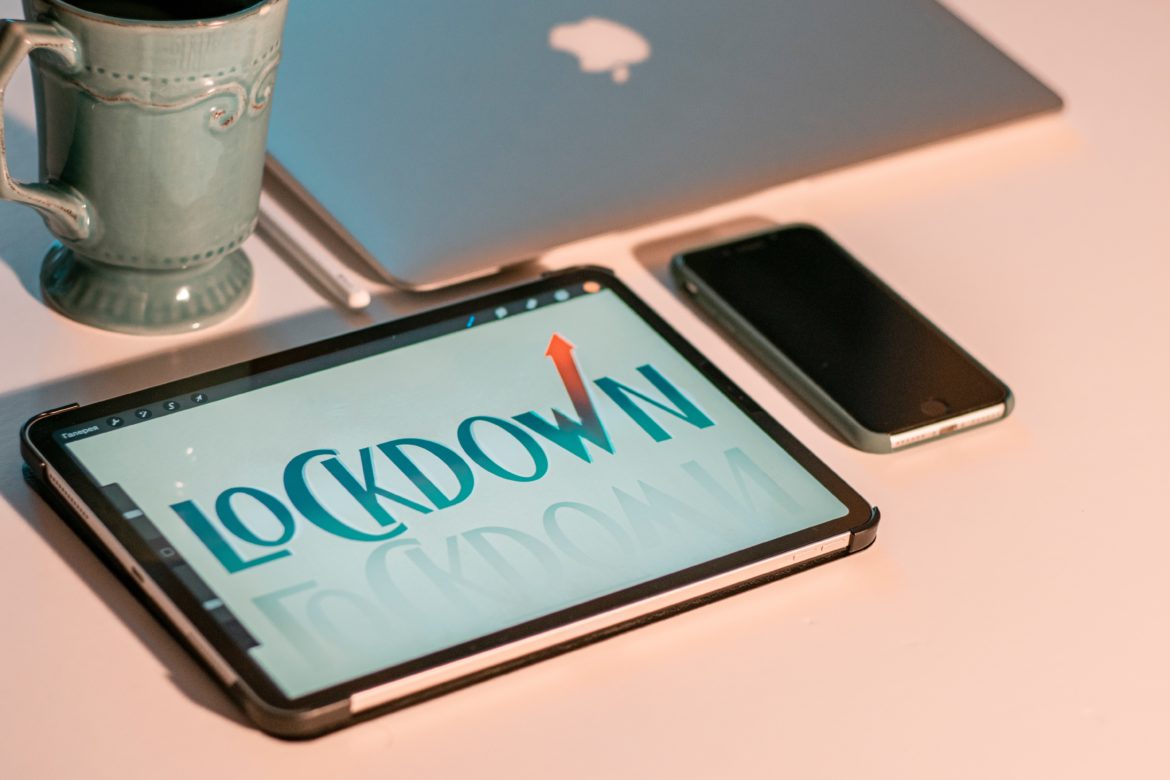|
Getting your Trinity Audio player ready...
|
On this week’s episode The Big Issue CEO Paul Cheal tells us about the magazine’s fight to survive lockdown, the innovations that got it through and how those changes have spurred new ways of thinking about how the Big Issue will work in the future.
In the news roundup the team recaps a week that reflects poorly on the UK media landscape and asks what can be done to improve its bigotry issue. We also look at Google’s PPID solution, The Information’s five new newsletters, and BuzzFeed gutting HuffPost. Peter sings a song to celebrate a major life achievement.
The full transcript is live here, and here are some highlights:
Starting out
IPC was a kind of beacon of hope for all young publishers. It was known as the Ministry of Magazines and if you got to publish at IPC, you’d kind of made it. It was a real badge. So I spent 18 years at IPC and I ran several portfolios. Then I went to work in the centre of the business, principally on digital projects.
My focus was really looking at what you might call distressed markets. Markets where we were really feeling the impact of digital. This would have been celebrity, young fashion and back then, music. How we can take in quite well established brands and actually do something more relevant with them?
Joining The Big Issue
I started consulting for The Big Issue. It was on a voluntary basis, I was Chair of the media side. And then I was consulting to the main board, one day a week about what the future media business would look like.
And then it was the 18th of March – it should be emblazoned in my brain, it was just lockdown – and that became a much more real question. What is the future of this media business going to look like?
Pivot to subscriptions and retail
In order to get money to vendors, we needed to raise money – corporate money, consumer money. And we actually needed to reinvent our major business as well. So, quick migration to subscriptions.
Within four weeks, we had 9,000 subscribers, which was really fantastic because that was a great sanity check on continuing to publish the magazine. We could have easily pulled the plug, we could have said, “It’s crazy to publish at this time, we can’t get the magazine out on the streets.”
When you’re in this sort of crisis, you realise just how good your network is and who your friends are. We immediately called on Marketforce, and an ex-colleague of mine, Adrian Hughes, who helped us get to market with the major supermarkets as quickly as possible. We needed promotional space, we needed listings, we needed preferential terms. Pretty much each supermarket did that and we got listings pretty quickly.
So within four, six weeks, we’ve got up to 8,000 or 9,000 subscriptions and we’re putting 10,000 copies into newsagents.
Commercial and social
I think I’m very keen to double down on ensuring that The Big Issue is seen as a social enterprise, it is about finding innovative ways to address poverty and help vulnerable people in the UK. So you may end up generating incremental revenue and even profit from that. But because we’re a social enterprise, we’re asset locked and dividend locked. So anything we do goes back into funding the mission.
That’s the really important thing for me, I think you can be commercial, but you can also be social.
Service design thinking
One of the big things that I championed in my time at Time Inc., we built a product lab. We built a new product development lab that would enable us to rapidly test new ideas. The idea being that you build a proposition, you build a minimum viable product, you test that and if you get a good market read on that, then you can take the build the next iteration, etc, etc. So we’re taking some of that thinking, service design thinking, and we’re actually applying it to the whole of the frontline.
But the really, really important thing is that service design is actually run by the frontline and the vendors themselves. So we’re actually saying to them, “You shape the future business. Now, it’s not a diktat from on high. You have the real life experiences, you understand the frustrations and the positive elements of what we currently do. So we’re asking you to shape it for us.”


